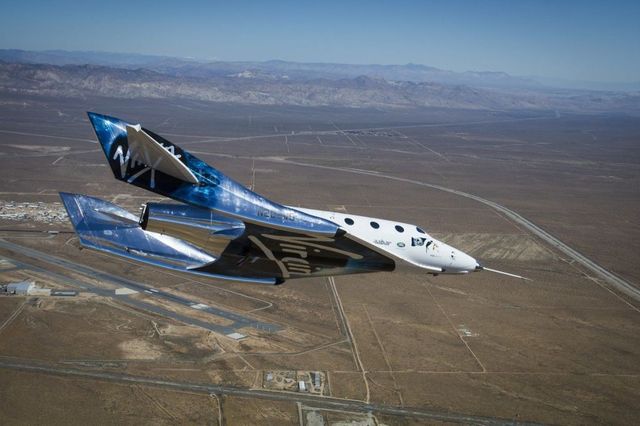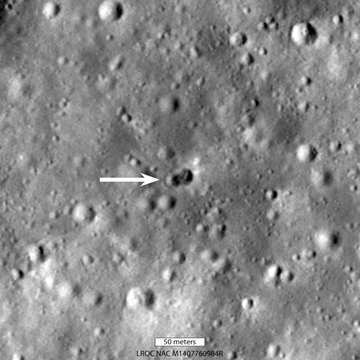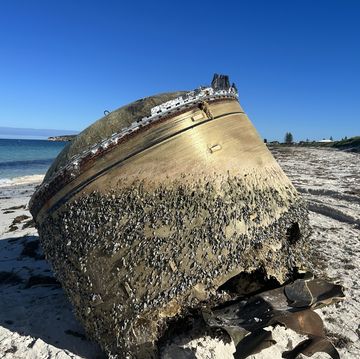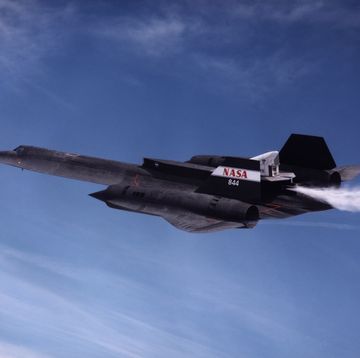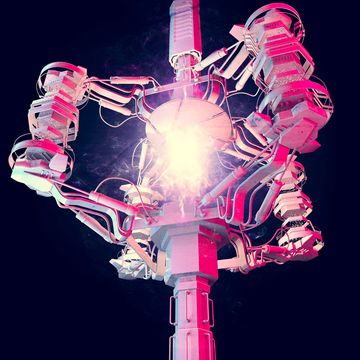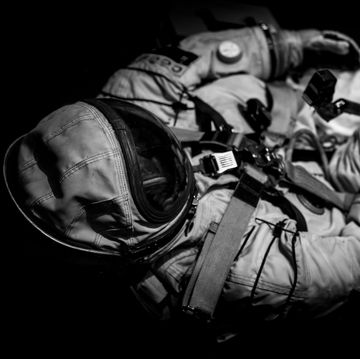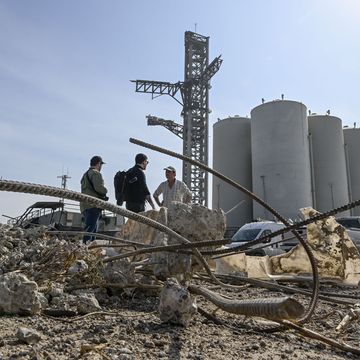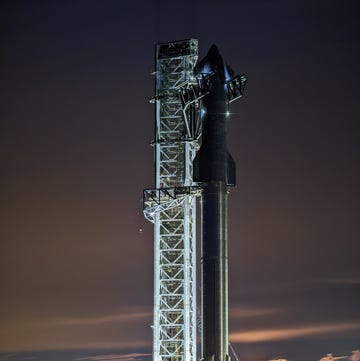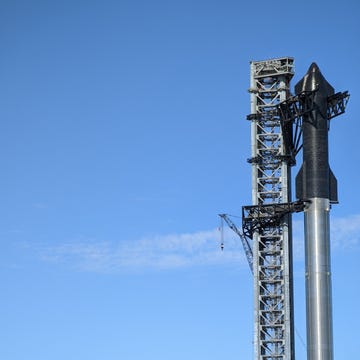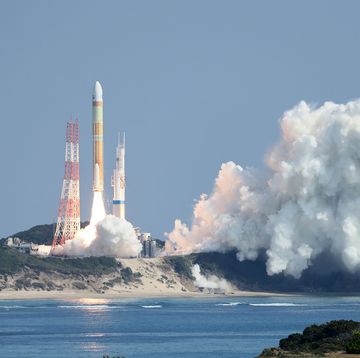Virgin Galactic conducted the fourth flight test of their new SpaceShipTwo, the VSS Unity suborbital rocket-powered spaceplane, on May 1. After three unpowered glide tests over the course of the last five months, the private spaceflight company owned by billionaire Richard Branson tested the "feather" reentry system of the VSS Unity.
The flight was again unpowered, but the twin tail booms, or the "feather" of the spaceplane, was reconfigured in flight the same way they will be on reentry during an actual flight to suborbital space. The twin tails of the craft essentially fold up to provide aerodynamic braking on reentry. This is unique from traditional feathering in aviation, which involves rotating the propellers of a turboprop engine to reduce drag in the event that the engine fails.
Virgin Galactic is steadily making progress on its new SpaceShipTwo model after a long hiatus following the fatal crash of the VSS Enterprise. The WhiteKnightTwo mothership built by Scaled Composites, the VMS Eve, carries the VSS Unity up to altitude and then drops the spaceplane to conduct unpowered glide tests. This first "feather" flight of the VSS Unity follows substantial testing of the system on the ground, and because the SpaceShipTwo conducted the test at lower altitudes, the air was thicker than it will be on actual reentry, providing a strenuous and robust test to push the capabilities of the aero-braking system.
There is a lot of data to analyze from the flight, and likely more unpowered drop tests to come. But hopefully by the end of the year, the VSS Unity will fire up its rocket engine and soar into outer space for the first time.
Source: Virgin Galactic

Jay Bennett is the associate editor of PopularMechanics.com. He has also written for Smithsonian, Popular Science and Outside Magazine.
